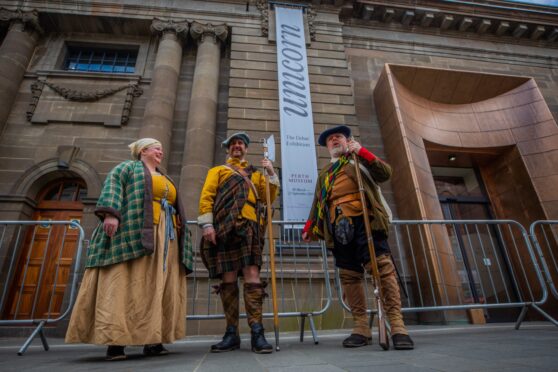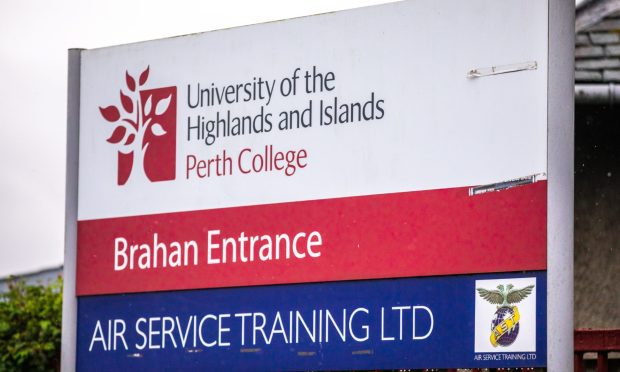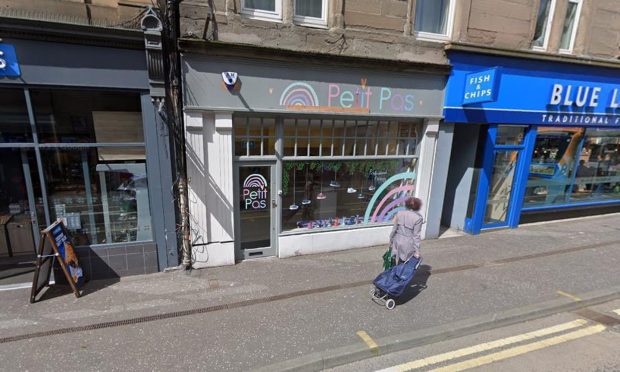Police Scotland proudly unveiled its dual language English and Gaelic insignia last week.
It is to be rolled out – at considerable cost – over vehicles, stationery and signage.
For many people the move prompts an agonised response — why? Is any Gaelic speaker unable to understand the words ‘Police Scotland’? If the answer is ‘no’, what is the motivation?
According to official statistics only 1.1% of people north of the border understand Gaelic and numbers are falling. It may be sad that a historic feature of the culture of the Western Isles and northern Scotland is on the wane but attempting to impose the language on the other 98.9% of us seems unlikely to spark a resurgence in an effectively dying language.
Everywhere we turn there are street signs in English and Gaelic, railway stations boast translations that nearly no one can read or pronounce and despite apathy from almost all directions the Scottish Government seems hellbent on funding a Scotland where some imaginary Celt can only know where they are – or can recognise a police car – if it is branded with Gaelic.
Even the press release announcing the Police Scotland decision was issued in both languages – if only 1.1% of the general public understand the language, the number of journalists who can read it must be infinitesimal.
Perth and Kinross Council has also revealed proposals for a £160,000 Gaelic Language Plan to be rolled out over the next five years which includes council staff learning some words of Gaelic, again despite a background of falling usage.
It may seem a relatively small amount but it is the equivalent of some five senior English teacher’s salaries. It would be hard to argue the cash would not be better spent teaching children their first language.
By all means target the communities where the language still thrives – some 25,000 people speak Gaelic at home in Scotland (about half the number who converse in Polish at home) but leave the rest of us to a language we understand.










